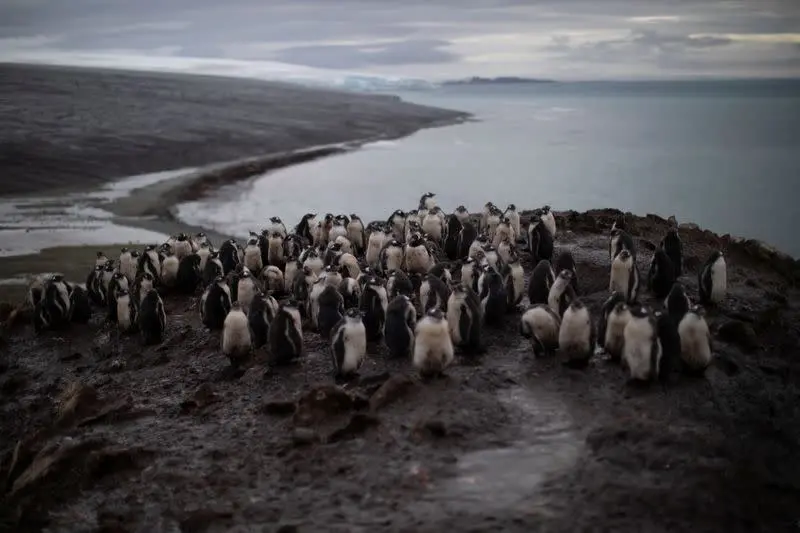In a startling turn of events, researchers in Antarctica have uncovered a widespread die-off of Adélie penguins, attributed to the H5N1 avian flu.
This discovery, which initially reported at least 532 dead penguins, hints at a death toll potentially reaching into the thousands.
The arrival of H5N1 in Antarctica’s pristine environments represents a worrisome spread of the virus.
This development threatens the continent’s rich bird colonies, which are densely populated.
Research teams, including those from the Australian Federation University and the Pontifical Catholic University of Chile, have started collecting samples from affected birds.
They’re analyzing these samples to understand the scope and potential impact of the outbreak.

Their objective is to measure the extent of the H5N1 outbreak. Initial results have already confirmed H5N1’s presence, highlighting the risk to birds that lack natural immunity to this strain.
The communal breeding habits of these birds, involving large, closely packed colonies, significantly escalate the risk of rapid disease spread.
To combat the H5N1 threat, organizations like COMNAP and NSF are enacting stringent biosecurity protocols.
These measures aim to prevent the virus from spreading, with a strong focus on reducing human-induced transmission in Antarctica’s unique regions.
The crisis highlights the urgent need for quick, collaborative efforts globally to tackle wildlife health emergencies.
This situation reminds us of ecosystem vulnerability and the severe consequences of diseases in previously unaffected areas.

